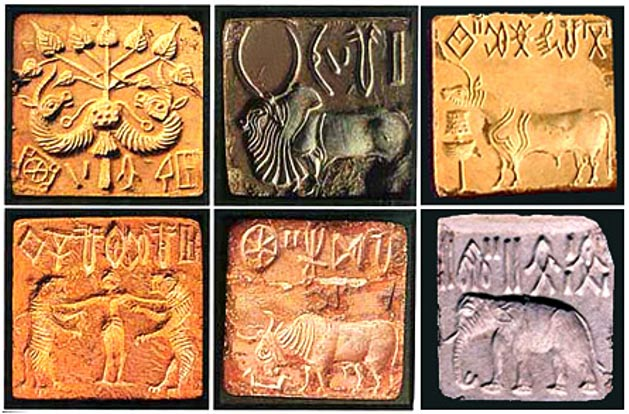A remarkable Roman gemstone discovered in Hallstatt is rewriting assumptions about Rome’s reach in the Alpine region and revealing a level of ancient connectivity far greater than once believed. During June 2025 excavations, archaeologists uncovered a tiny but extraordinary artifact a finely crafted Medusa cameo just 1.5 centimeters across, dating to the 2nd century AD. Despite its small size, experts consider it one of the most important Roman finds ever made in Upper Austria.
Stefan Traxler, chief archaeologist for the State of Upper Austria, described the piece as “one of the most significant individual Roman-era discoveries in the region.” Carved from black-and-white banded agate, commonly known as onyx, the cameo was likely produced in Aquileia, a major Roman trade and cultural center along the northern Adriatic. Researchers believe it once hung from the necklace of a wealthy Roman woman nearly 1,900 years ago.
Cameos gemstones carved in layers to create dramatic, high-contrast images were luxury items throughout the Roman Empire. Reserved for the elite, they featured mythological figures, deities, or protective symbols and served as both jewelry and personal amulets. The Hallstatt find, carved with exceptional precision, stands among the finest examples ever found in this part of the Alps.
A Lucky Find Thanks to Modern Construction
The gemstone was discovered during excavations connected to the construction of Hallstatt’s new high-tech funicular railway. The archaeological work, commissioned by Salzwelten GmbH, focused on the future valley station situated directly atop the remains of Hallstatt’s ancient Roman settlement.
Although archaeologists expected to find structural remains, they did not anticipate a jewel of such rarity. “Without the new funicular project, this piece would almost certainly have remained buried,” said Torsten Pedit, CEO of Salzwelten GmbH. The discovery adds valuable insight into the region’s early development and reinforces Hallstatt’s long history as both an economic and cultural crossroads.
A Protective Symbol — and a Fortunate Discovery
The cameo depicts the Gorgoneion, the winged, snake-haired head of Medusa. In both Greek and Roman worlds, this symbol was believed to drive away evil and commonly appeared on jewelry, armor, buildings, and sacred objects.
Whether this particular Medusa protected its ancient owner will remain a mystery but for archaeologists, it represents a fortunate and meaningful find. “This tiny object carries great significance. It deepens our understanding of the past and speaks to the cultural richness of our region,” said Thomas Stelzer, Governor of Upper Austria.
Rome in the Heart of a Salt Empire
Hallstatt is globally known for its prehistoric salt mines, continuously active for more than 7,500 years. Salt sometimes called the “white gold” of antiquity made the region a major economic center long before Rome entered the Alps.
By the mid-1st century AD, Rome had taken control of the Hallstatt salt resources and established a vicus, or settlement, near the modern funicular station. Although excavations over the last two centuries have uncovered graves, structures, and everyday objects, much about the Roman town even its ancient name remains unknown. Still, the evidence points to a settlement deeply woven into Rome’s economic system.
The Medusa cameo adds a personal dimension to this story. It confirms that luxury goods from Mediterranean workshops reached even remote Alpine communities, highlighting Hallstatt’s prosperity and cultural links.
Hallstatt’s Long Archaeological Legacy
Hallstatt’s importance in archaeology has been recognized for generations. Since the 19th century, excavations have revealed Roman tombs, building remains, and layers of settlement history. Current research, led by ARDIS Archäologie GmbH with Upper Austrian State Culture GmbH, aims to reconstruct daily life in the northwestern part of the Roman province of Noricum examining everything from trade routes to mining practices.
From the Ground to the Museum
The Medusa cameo was unveiled to the public on December 8, 2025, at the Hallstatt Culture and Congress Center, drawing significant interest from residents, scholars, and tourists. Beginning in 2026, it will become part of the new permanent exhibition at the Schlossmuseum Linz, giving visitors the rare chance to view a Roman luxury artifact with an exceptional history.
A Tiny Object with a Big Story
Though no larger than a fingernail, the Medusa cameo carries an extraordinary narrative one of master craftsmanship, long-distance trade, local wealth, and the deep historical layers beneath Hallstatt’s scenic charm. Its discovery is not only a scientific milestone but a powerful reminder that even the smallest artifacts can reveal centuries of human history.
































